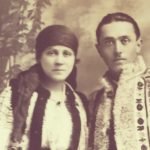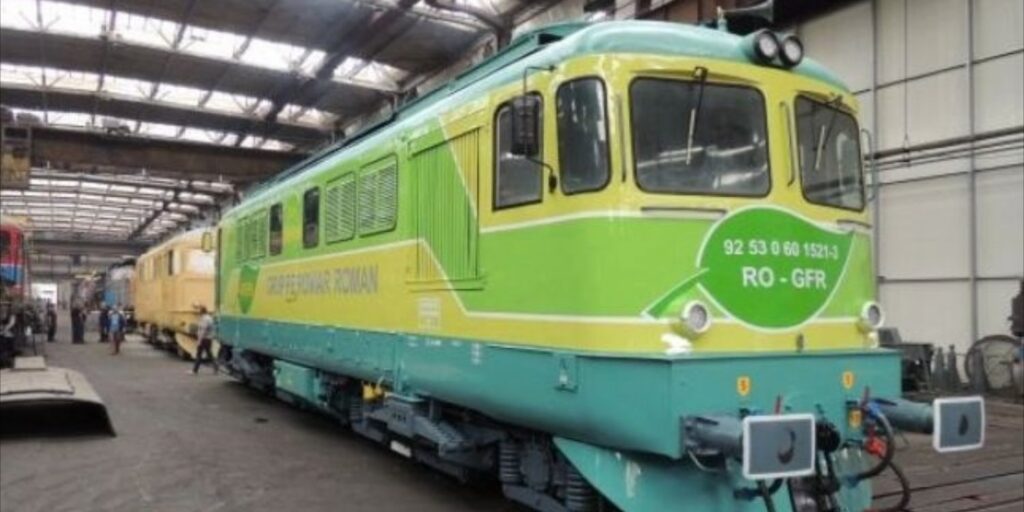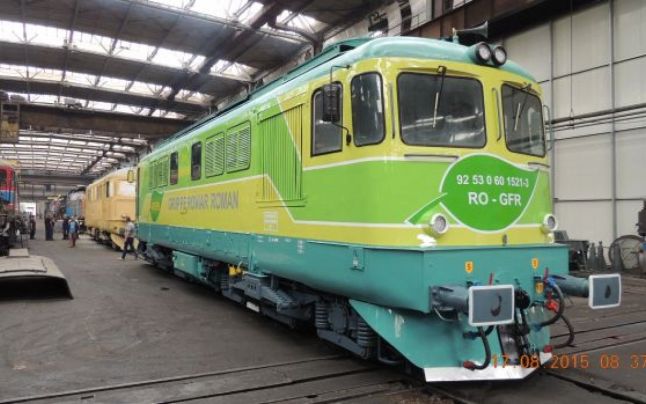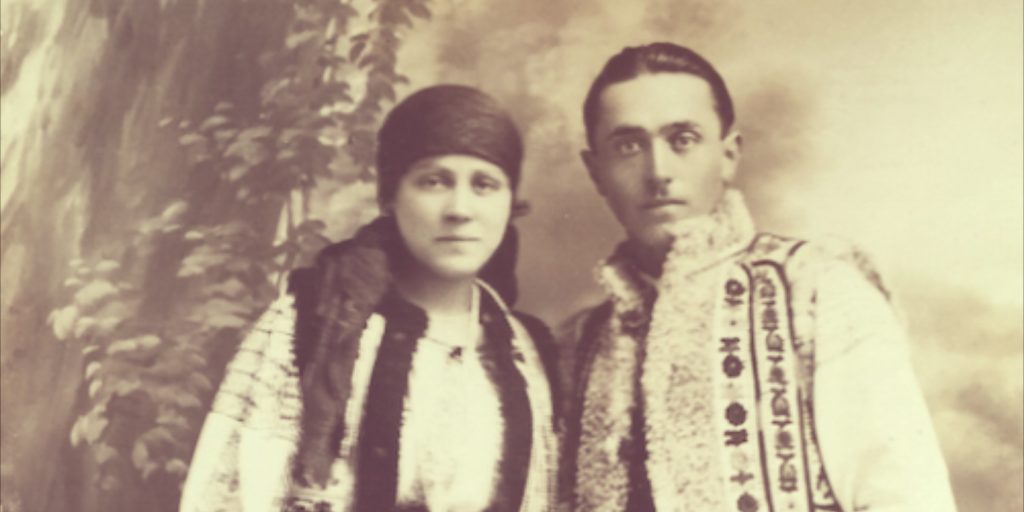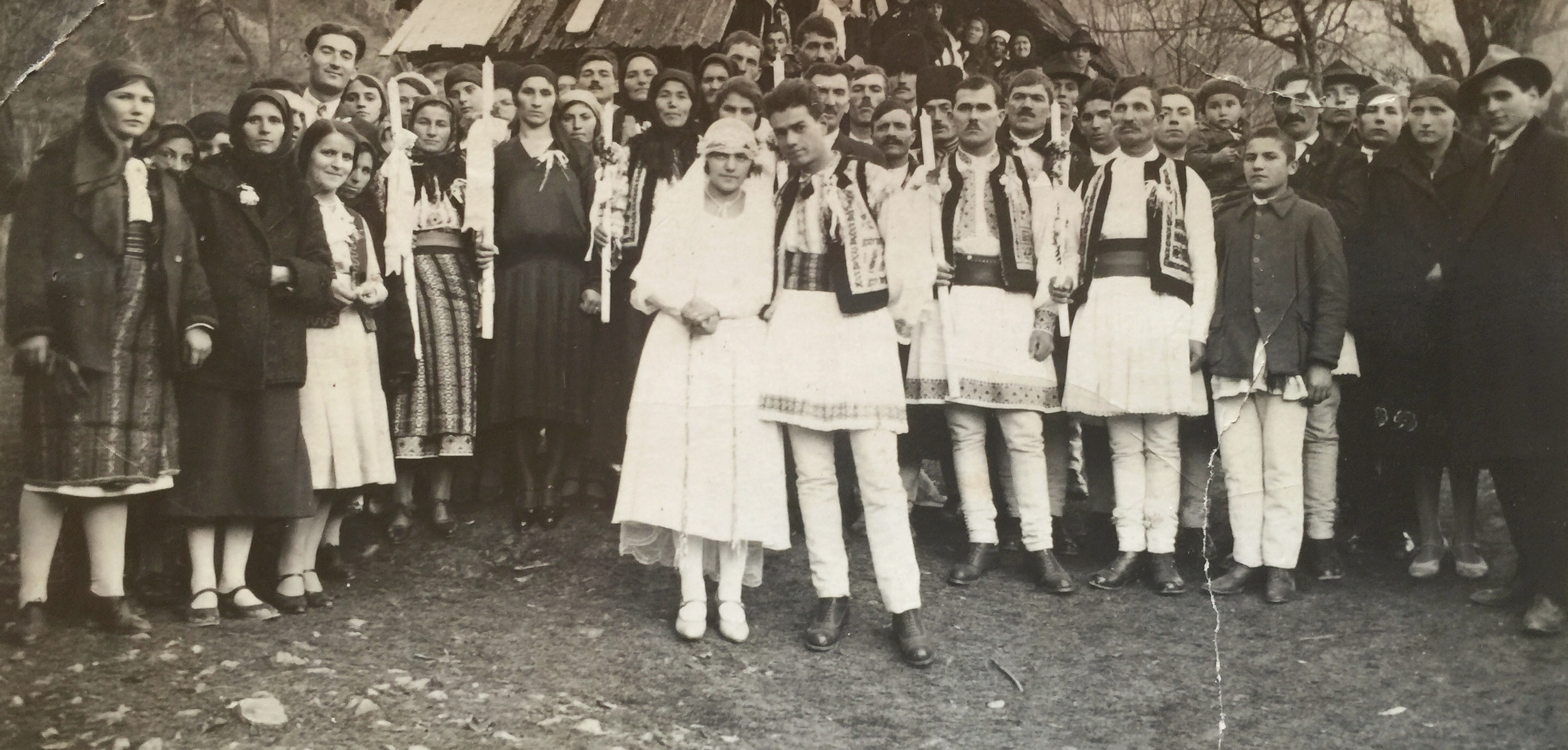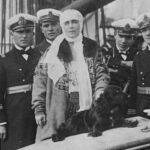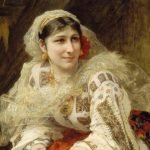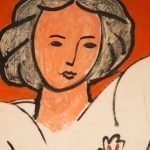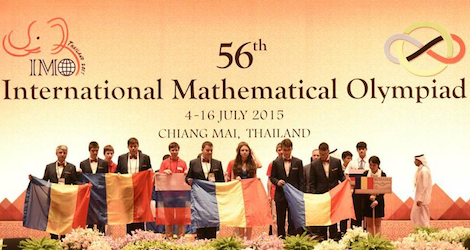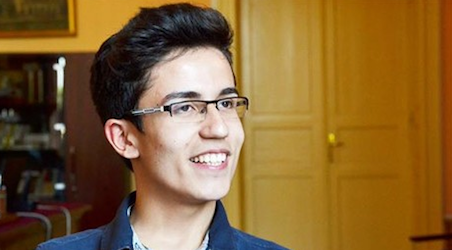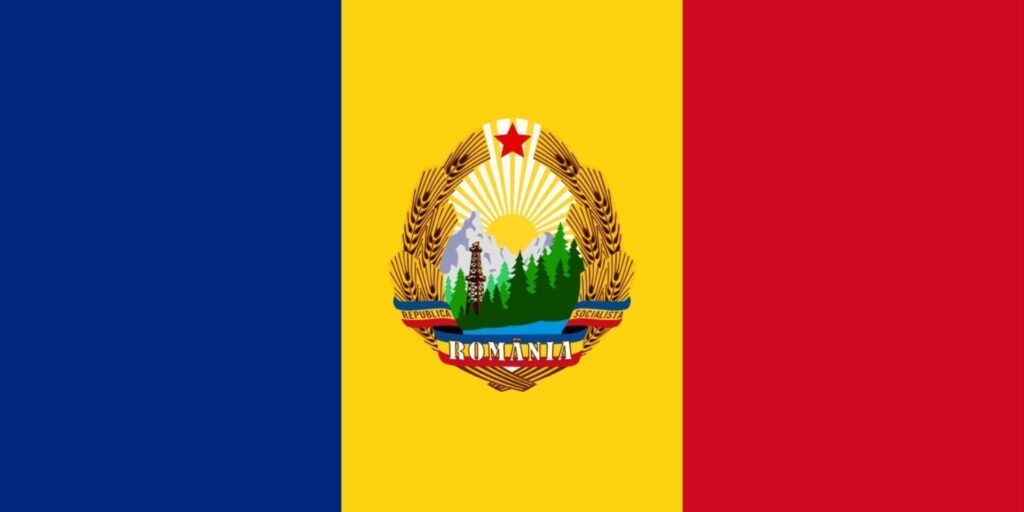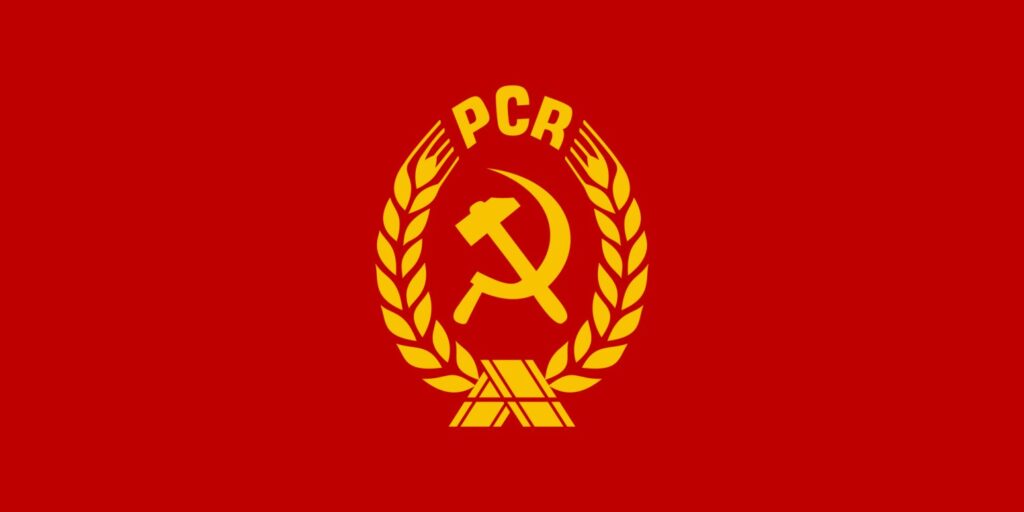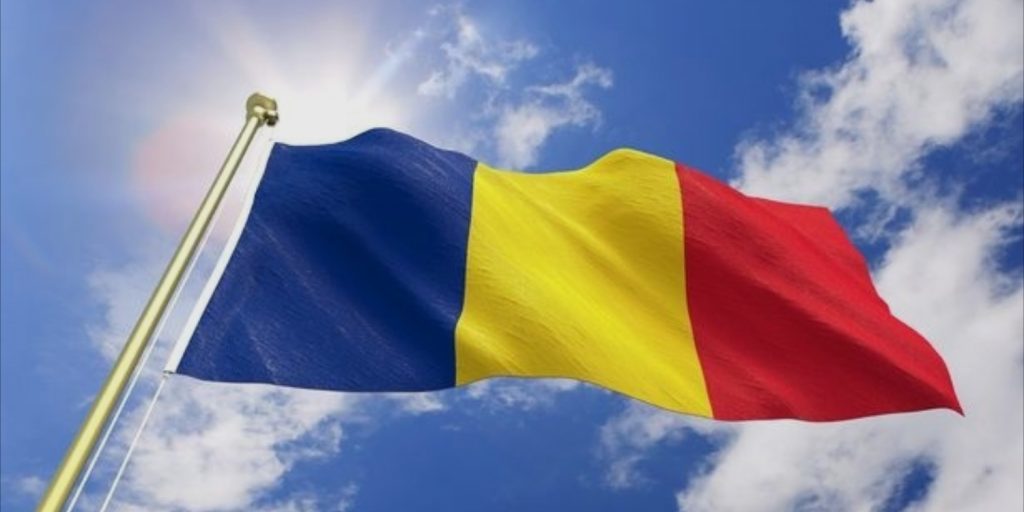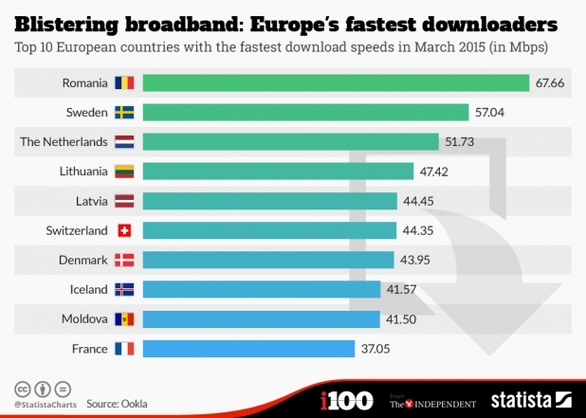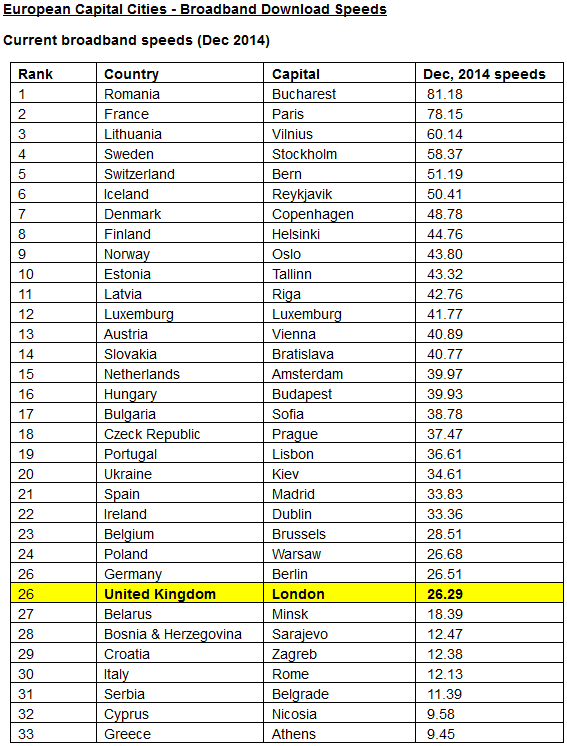Those of you who have read my posts know I write about Romania in general whether it’s about innovation, start-ups, amazing places, art & cultures, traditions etc, so this new post won’t come as a surprise. Lately, I came to realize that taking a sabbatical year was one of the smartest things I’ve ever done… and it’s not just about the fact that you get to do those things you really wanted to do, but never found the right time. Mostly, it’s about the people you get to meet when least expected … This is the case of my meeting with painter and artist Ciprian Istrate whose A’TOPIA exhibition is now opened for the public at Galateca in Bucharest. He’s one of those great storytellers who do not use many words, but colors, imagination and talent to send his artistic messages to the world.
A’TOPIA
One of the first things you’ll read about Ciprian Istrate is that he loves the search, “the constant tearing apart of the landmarks” as he likes to say. And, if you take the time and look at his paintings, you’ll understand that this is not just a simple statement meant to impress the audience.
A’TOPIA is Ciprian Istrate’s first solo show at Galateca Gallery exhibition space. In case you are in Bucharest, take the time and go see A’TOPIA exhibition which is open between July 13 – September 3, 2017. For more details, please check Galateca Facebook page.
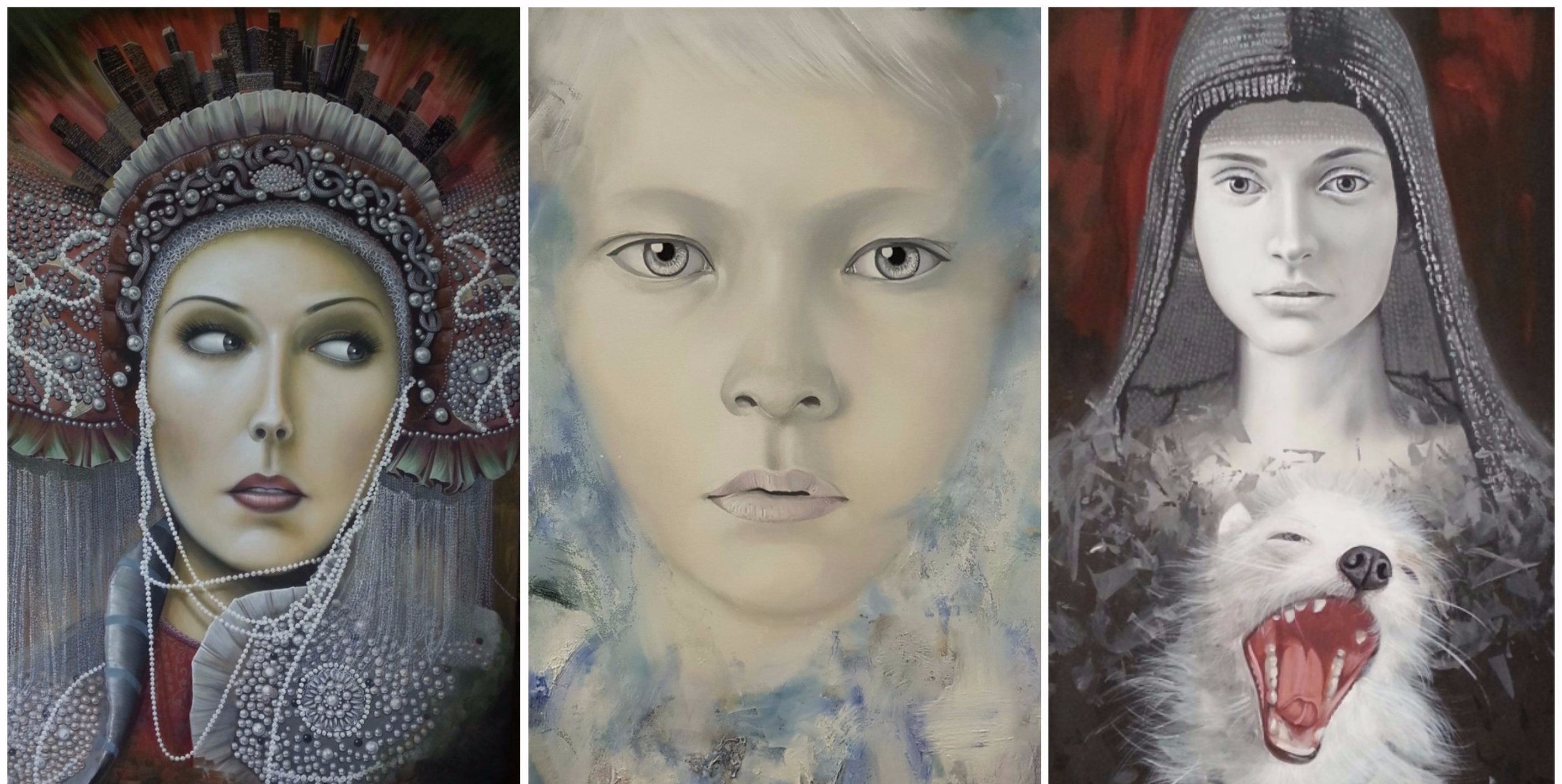
It’s on purpose I did not illustrate this article with the paintings you can admire when visiting A’TOPIA 🙂
In a world that lives under the sign of violence, populated with new kind of angels, with questionable values, Istrate proposes to it viewers an introspection and at the same time an outside reflection of the consciousness. His paintings tell the story of dangerous oneiric excess by taking an absolute and full responsibility of his own the state of freedom. The mirror-eyes of the characters, the mirror-consciousness, the military helmet, the war within us, the war of the world … it all reveals viewers a personal perspective that is visually translated in a code which needs to be decrypted.

The viewer’s relationship with the work of art is alive, empathic, definitive. The portraits are well studied compositions which may seem both narrative and decorative at a first sight, yet becoming disturbing and unsettling, when you want to communicate with them. It is an ongoing movement of the image between what is real and what is illusive, bearing the signs of timelessness. As the curator of Istrate exhibition says, Iulia Gorneanu, “A’TOPIA is the place without a place where this encounter happens”.
Ciprian Istrate – the painter
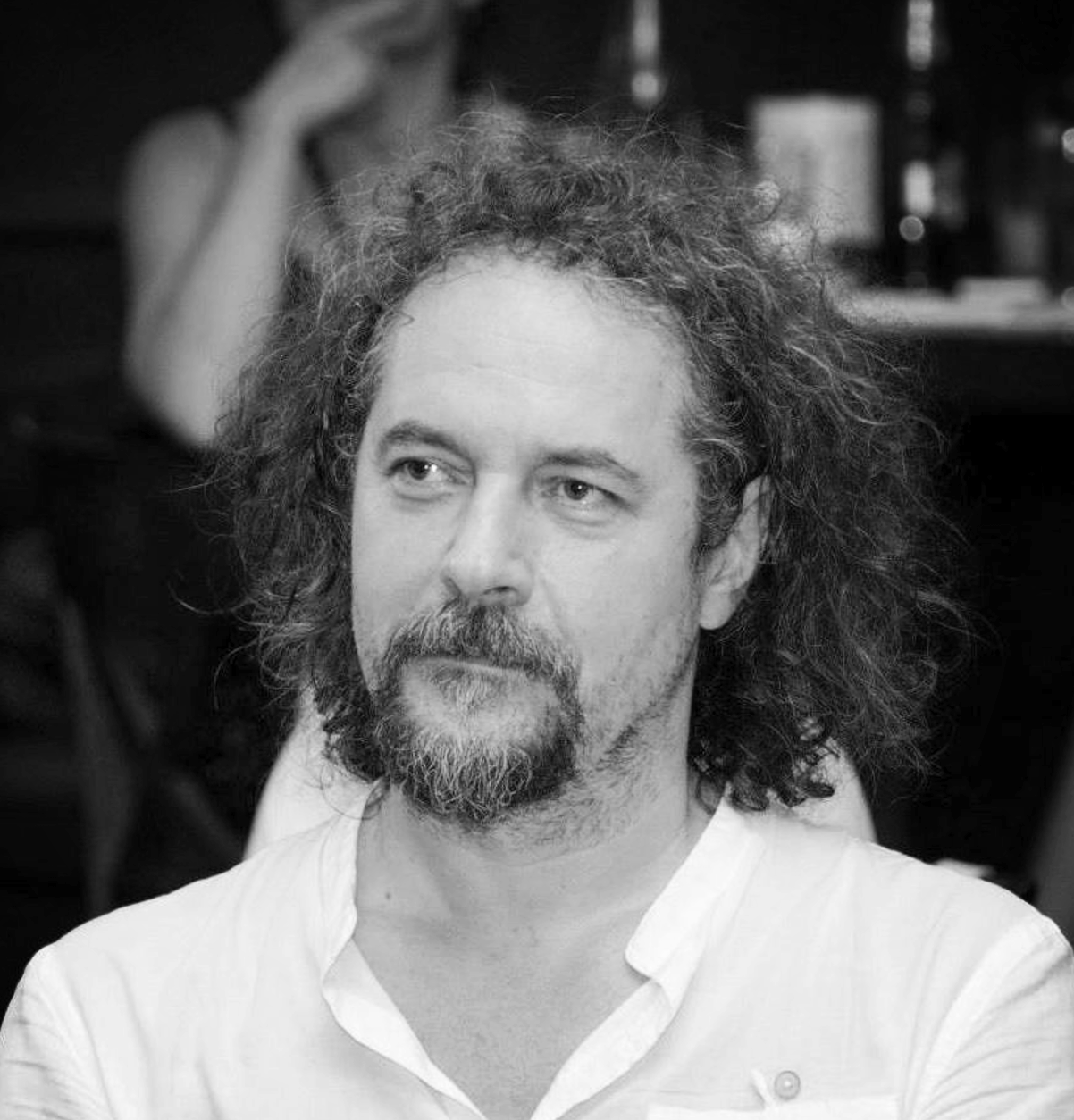
A graduate with major in church painting from Iasi Orthodox Theology Faculty, Ciprian Istrate chooses the easel after 20 years of painting tens of churches and iconostasis, and by consequence thousands of portraits. He has worked in many techniques, but mostly fresco painting. This technique of craftsmanship and speed is the one that Michelangelo considered to be “the most manly”. Today, only the approach of large painting surfaces remind us of the Istrate’s passion for fresco painting.
His paintings are to be found in many parts of the world—Romania, United States of America, United Kingdom, Canada, Ireland, France, Germany and Italy. He had numerous solo and group exhibitions both in Romania and abroad. He also participated biennials and art fairs. For Ciprian Istrate, art remains art, regardless of the transformations it experiences and regardless of how the others position themselves in relationship with it… and the painting that Istrate had thrown to the pigs in the exhibition that took place in a farm in Basta County reflects his artistic credo the best. This piece of work is part of Istopia installation that can be admired in the exhibition.


